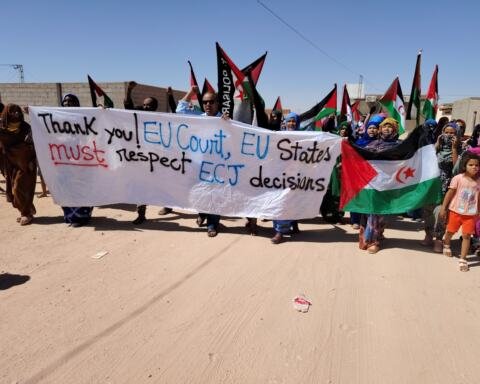When, after years of geological and geophysical exploration, a phosphate mine was discovered at Bu-Craa in 1964, Western Sahara received renewed geopolitical attention. Several countries competing for the control of the world fertilizer market, including Morocco, Spain, France, and the United States, developed diverging strategies to gain control of the mineral. After intense negotiations revolving around the materiality of mining technologies and involving reserve estimations, sabotage, and flexing of diplomatic muscles, Morocco took over the Spanish colony in 1975. While this secured Morocco’s place in the world market, it condemned the local population to exile and domination. This article explores three technological stages of the exploitation of phosphate in Western Sahara that underpin the geopolitical history. This perspective yields new visions of cold war technology and postcolonial markets.
Full article
Resource_Geopolitics_Cold_WarSource: JSTOR
Support our work
Support our work with a one-off or monthly donation
AuthorLino CamprubiYear2015Pages29LanguageEnglish
Share via
Related resources
The Western Sahara Dispute: A Cautionary Tale for Peacebuilders
The UN and MINURSO have succeeded neither inconducting a referendum nor in…
Western Sahara as a Hybrid of a Parastate and a State-in-Exile: (Extra)territoriality and the Small Print of Sovereignty in a Context of Frozen Conflict
Within the liminal universe of parastates, what makes Western Sahara/SADR…
The Front Polisario Verdict and the Gap Between the EU’s Trade Treatment of Western Sahara and Its Treatment of the Occupied Palestinian Territories
Morocco’s control over Western Sahara and Israel’s control of the West Bank…



